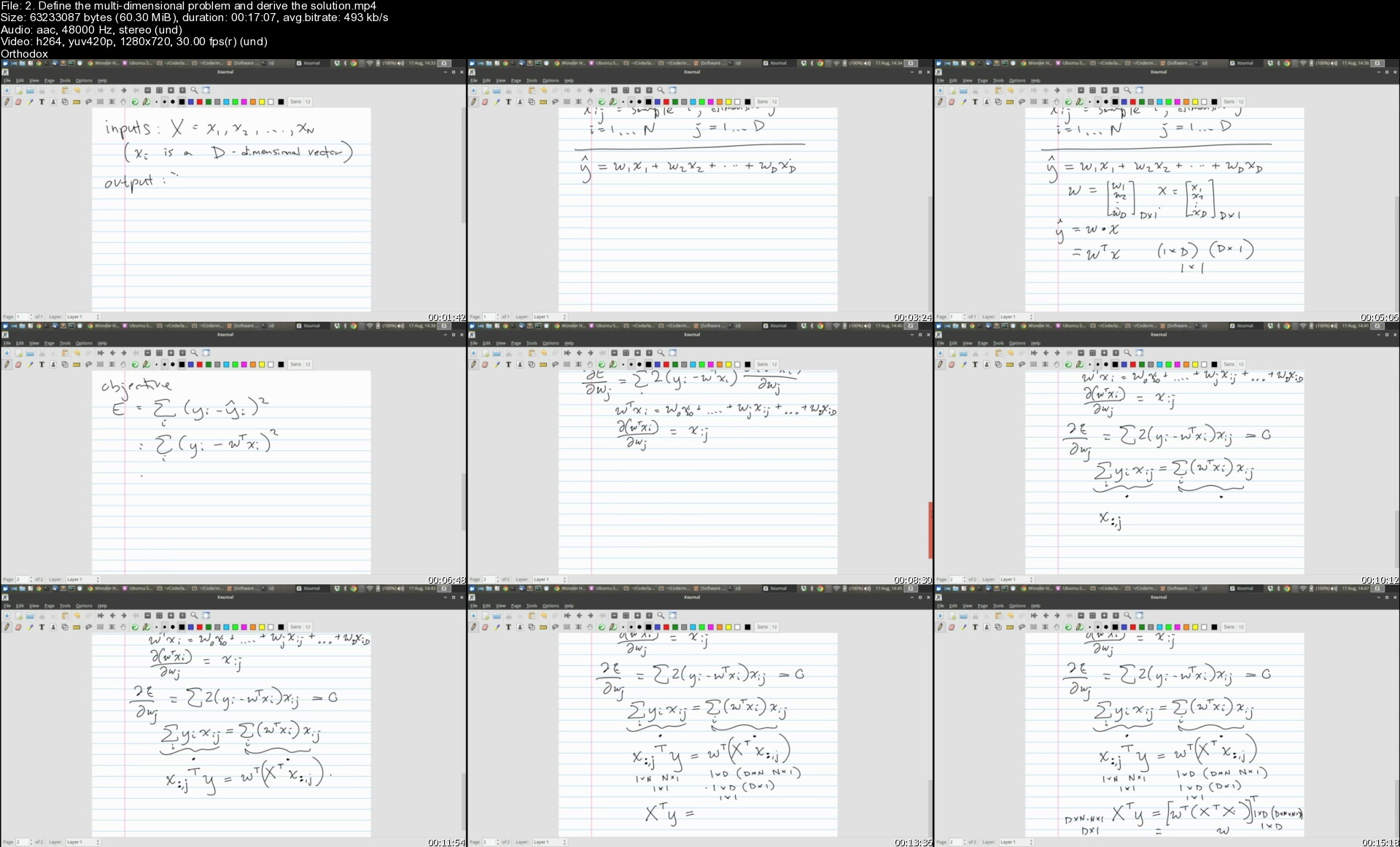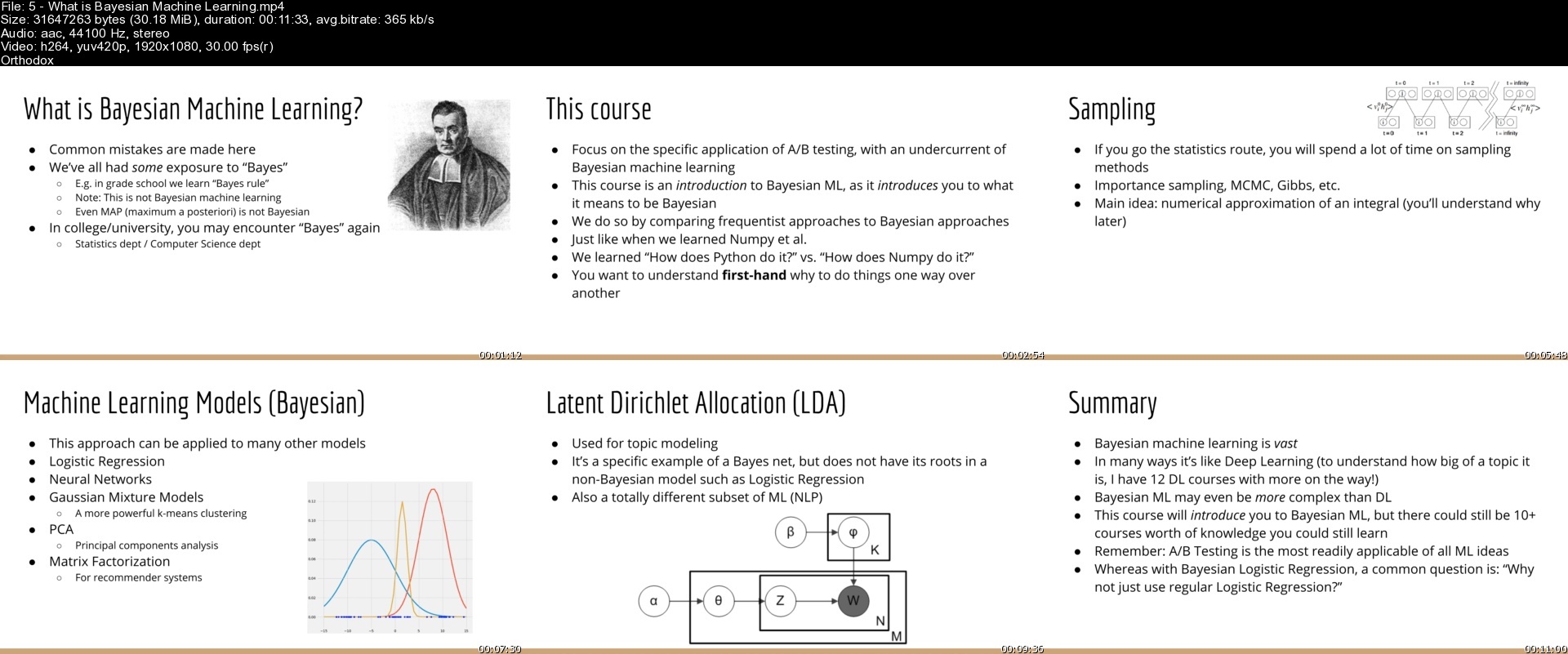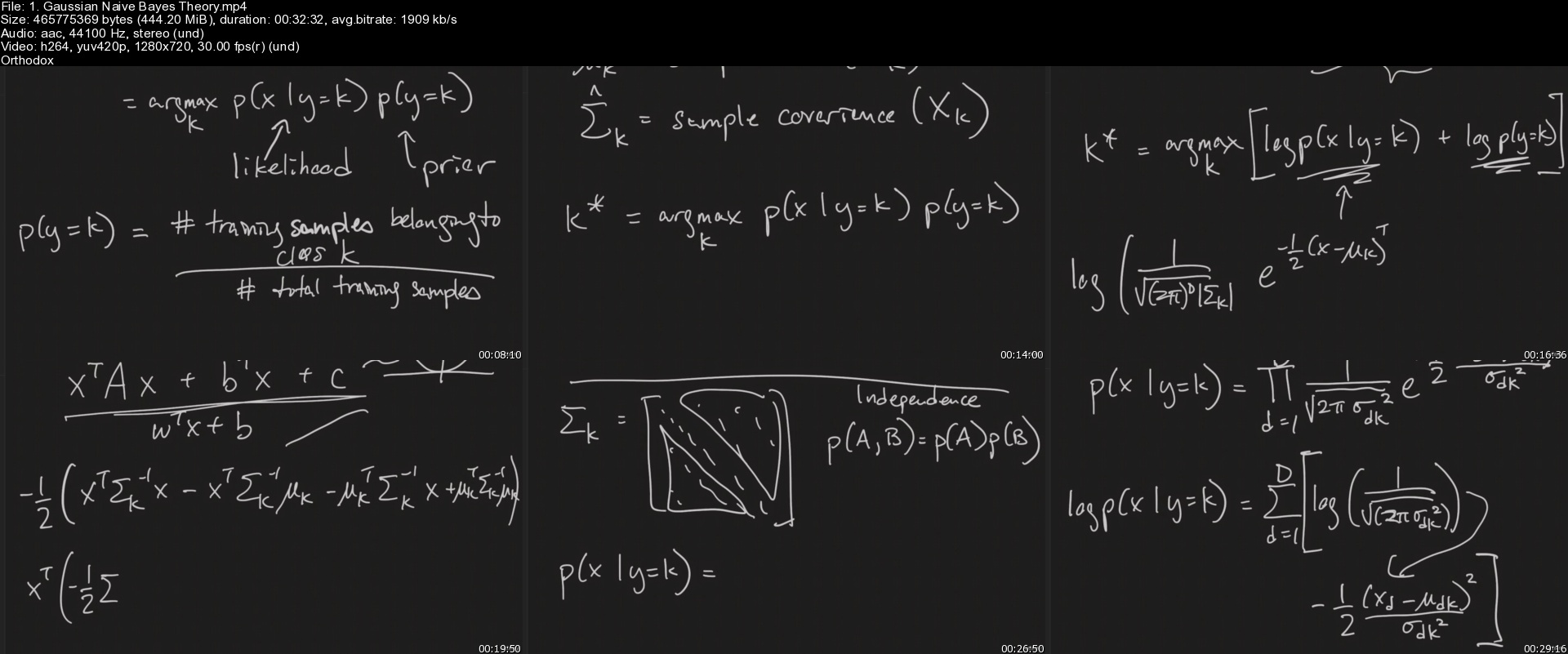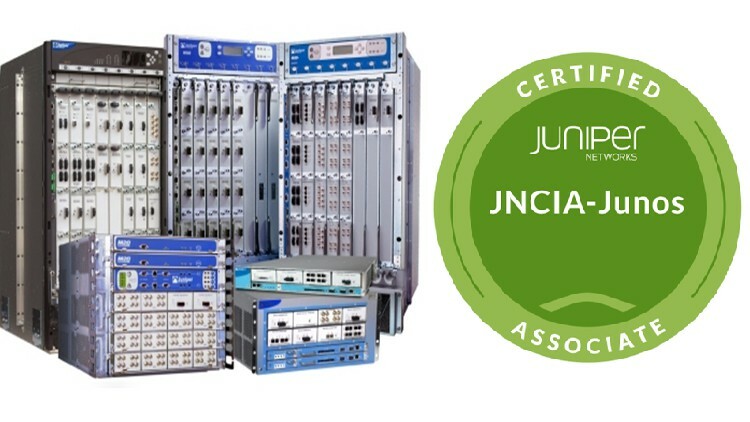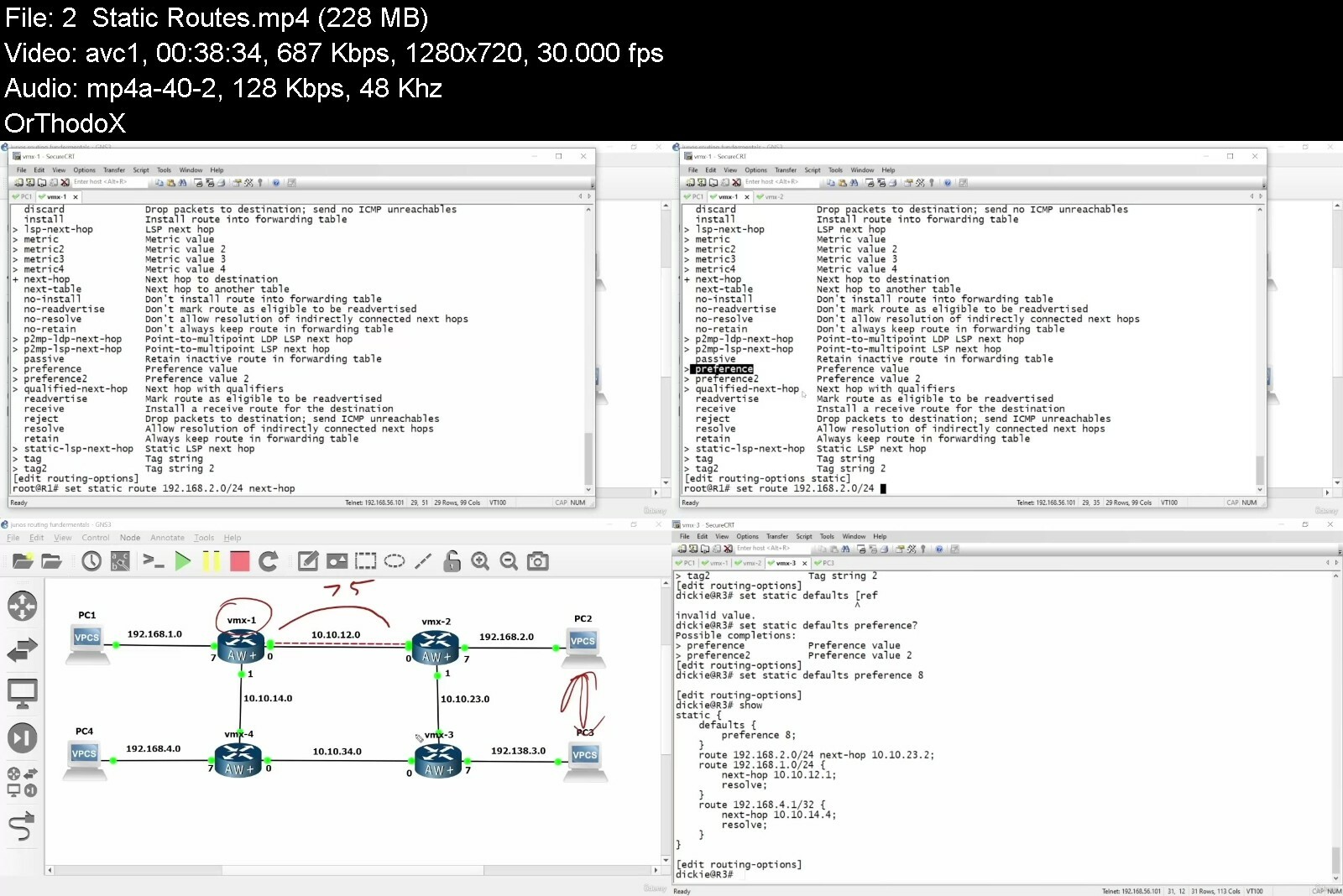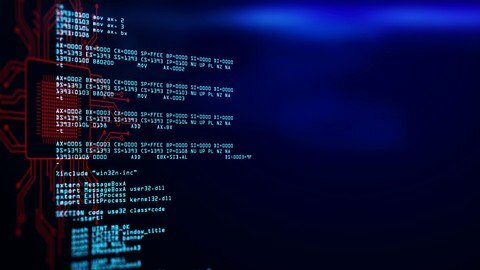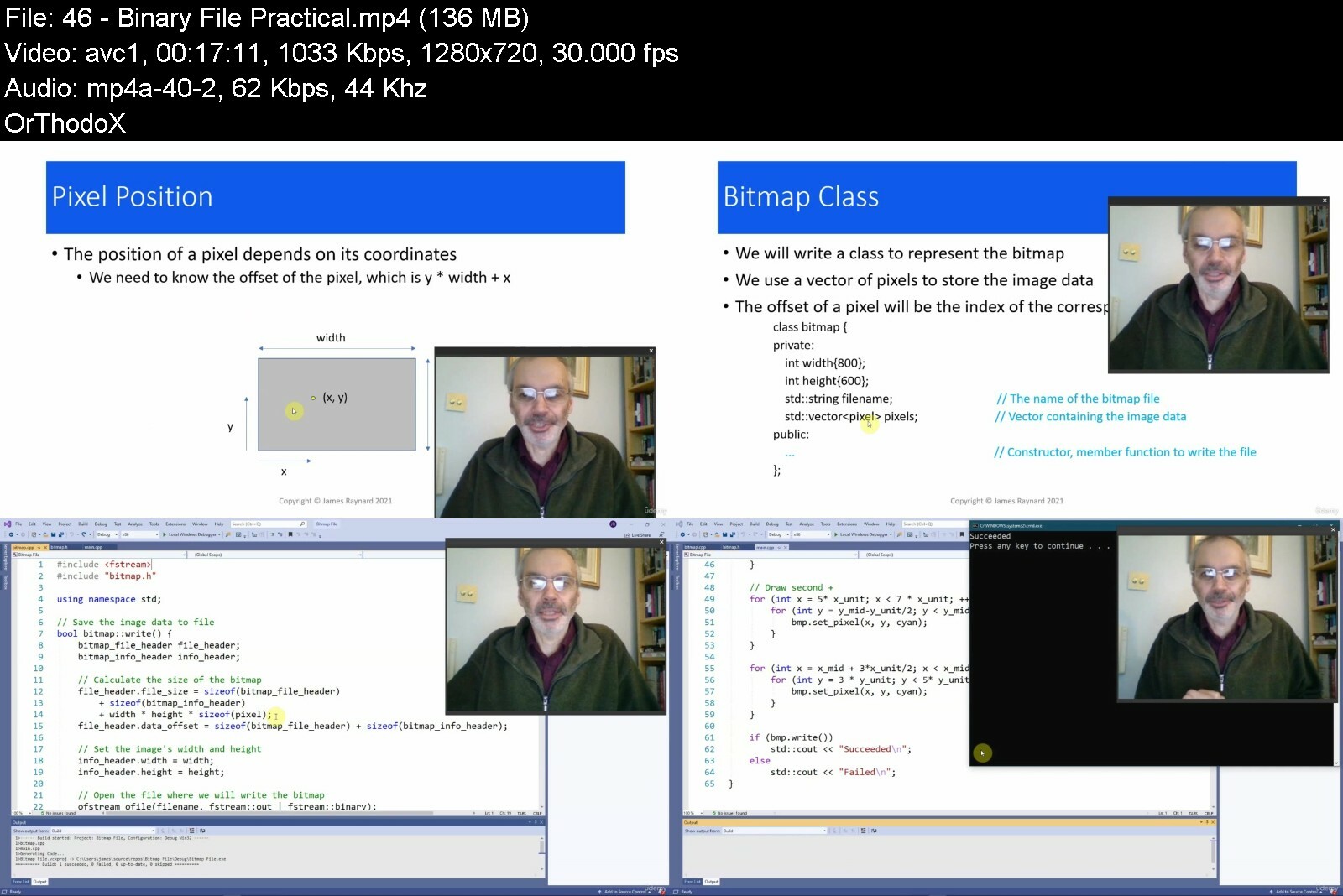IATF Core Tools - PFLOW, FMEA, CPLAN, SPC, MSA, PPAP, APQP.
Last updated 7/2022
MP4 | Video: h264, 1280x720 | Audio: AAC, 44.1 KHz
Language: English | Size: 18.93 GB | Duration: 31h 37m
All Core Tools of IATF 16949: Process Flow, Process FMEA, Control Plan, Design FMEA, SPC, MSA, PPAP and APQP
What you'll learn
Clear understanding of various elements of All Core Tools of IATF 16949: 2016 QMS and processes.
Will be able to prepare and review PPAP document effectively to improve effectiveness of product design, process design and development activities.
Will be able to review the PPAP of suppliers effectively.
Will be able to formulate effective PROCESS FLOW, DFMEA, PFMEA and CONTROL PLAN for different types of processes.
Will be able to contribute in internal audit and supplier audit process effectively.
Will be able to implement SPC in the organization for quality improvement.
Will be able to conduct MSA for Variable and Attribute Measurements Effectively.
Will be able to practice APQP process effectively to meet the customer's timeline.
People from Bulk Material industries will get a clear understanding (in PPAP section) about how the core tools are applied differently for bulk materials.
Requirements
Person should have a degree / diploma in science / engineering / technology.
Person should have some involvement in operational function of the company such as production, quality assurance, engineering, design, testing, inspection, supplier assessment, purchase, service etc.
Person should be familiar with working in excel for making simple documentation, calculation, formatting etc.
An awareness of Quality Management System, such as ISO 9001, IATF 16949 would be added advantage.
Should cultivate team work in organization.
Description
This course covers the following IATF Core Tools in details, namely: 1. Process Flow Diagram,2. Process Failure Mode and Effect Analysis (PFMEA),3. Control Plan,4. Design Failure Mode and Effect Analysis (DFMEA),5. Statistical Process Control (SPC),6. Measurement System Analysis (MSA),7. Production Part Approval Process (PPAP) and8. Advanced Product Quality Planning (APQP).The course material is in line with the following AIAG Manuals:AIAG FMEA Manual - 4th edition,AIAG SPC Manual - 2nd edition,AIAG MSA Manual - 4th edition,AIAG PPAP Manual - 4th edition andAIAG APQP Manual - 2nd edition.Apart from details explanation of the various elements of Core Tools, downloadable resources are provided (in excel file) which can used in practice.Also there are quizzes in every section for testing the knowledge gained from the course.
Overview
Section 1: Introduction
Lecture 1 Overview of the program
Section 2: Process Flow, PFMEA and Control Plan
Lecture 2 Overview of Process Flow, Process FMEA and Control Plan
Lecture 3 Process Flow - Details Explanation
Lecture 4 Process Flow Example
Lecture 5 Process FMEA Detail Explanation
Lecture 6 Process FMEA example
Lecture 7 Process FMEA example of OCCURRENCE NUMBER reduction
Lecture 8 Control Plan - Details Explanation
Lecture 9 Control Plan - Example
Lecture 10 Summary of the program - PFLOW-PFMEA-CPLAN.
Section 3: Design Failure Mode and Effects Analysis (Design FMEA)
Lecture 11 General FMEA Guidelines.
Lecture 12 Overview of FMEA Strategy, Planning and Implementation.
Lecture 13 Introduction to DFMEA.
Lecture 14 Prerequisites for Design FMEA.
Lecture 15 Block or Boundary Diagram.
Lecture 16 Interface Matrix.
Lecture 17 P - Diagram or Parameter Diagram.
Lecture 18 Explanation of Design FMEA Format.
Lecture 19 Example of Design FMEA.
Lecture 20 Activities after Design FMEA.
Lecture 21 Summary of the Design FMEA Training Program.
Section 4: Statistical Process Control (SPC).
Lecture 22 Purpose of SPC in automotive manufacturing.
Lecture 23 Basic understanding of SPC.
Lecture 24 Steps for Implementation of SPC.
Lecture 25 Making X-bar/R - control chart in shop floor.
Lecture 26 Calculation of Control Limits for X-bar/R - control chart.
Lecture 27 Analysis and Correction of Control Limits for X-bar / R Control Chart.
Lecture 28 Implementation of X-bar / R Control Chart
Lecture 29 Other variable control charts.
Lecture 30 Attribute control charts.
Lecture 31 Process Capability and Process Performance.
Lecture 32 Over-adjustment.
Lecture 33 Selection of appropriate control chart.
Lecture 34 Stoplight and Pre-Control methods.
Lecture 35 Use of Minitab for SPC
Lecture 36 Summary of SPC Training.
Section 5: Measurement System Analysis (MSA).
Lecture 37 Introduction and Purpose of MSA.
Lecture 38 Terminology related to MSA.
Lecture 39 Measurement Process.
Lecture 40 Replicable Measurement System - Test Procedure.
Lecture 41 Stability Study.
Lecture 42 Bias Study.
Lecture 43 Linearity Study.
Lecture 44 Gage R&R Study Methods.
Lecture 45 Gage R&R Study - Range Method.
Lecture 46 Gage R&R Study - Average and Range Method.
Lecture 47 Gage R&R Study - ANOVA Method.
Lecture 48 Gage R&R Study by using MINITAB Software.
Lecture 49 MSA for Attribute Measurement Data.
Lecture 50 MSA for Attribute Measurement Data - Effectiveness Parameters.
Lecture 51 MSA for Attribute Measurement Data - Interraters Reliability.
Lecture 52 Non-Replicable Measurements - MSA Study.
Lecture 53 Summary MSA Training Program.
Section 6: Production Part Approval Process (PPAP)
Lecture 54 Introduction to PPAP.
Lecture 55 General understanding of Submission of PPAP.
Lecture 56 Significant Production Run.
Lecture 57 18 Elements of PPAP Document and Parts.
Lecture 58 Design Record.
Lecture 59 Authorized Engineering Change Documents.
Lecture 60 Customer Engineering Approval.
Lecture 61 Design FMEA.
Lecture 62 Process Flow Diagram.
Lecture 63 Process FMEA.
Lecture 64 Control Plan.
Lecture 65 Measurement System Analysis (MSA).
Lecture 66 Dimensional Result.
Lecture 67 Material Test Results.
Lecture 68 Performance Test Results.
Lecture 69 Initial Process Studies.
Lecture 70 Qualified Laboratory Documentation.
Lecture 71 Appearance Approval Report (AAR).
Lecture 72 Sample Production Parts.
Lecture 73 Master Sample.
Lecture 74 Checking Aids.
Lecture 75 Customer-Specific Requirements.
Lecture 76 Part Submission Warrant (PSW).
Lecture 77 Customer Notification.
Lecture 78 Submission to Customer.
Lecture 79 PPAP Submission Levels.
Lecture 80 PPAP Submission Status.
Lecture 81 Record Retention for PPAP.
Lecture 82 Bulk Material Specific Requirements Part-1.
Lecture 83 Bulk Material Specific Requirements - Part-2.
Lecture 84 Bulk Material Specific Requirements - Part-3.
Lecture 85 Tire / Tyre Industry Specific Requirements.
Lecture 86 Truck Industries Specific Requirements.
Lecture 87 Summary of PPAP Training Program.
Section 7: Advanced Product Quality Planning (APQP)
Lecture 88 Fundamentals of Product Quality Planning
Lecture 89 Phases of APQP - General Understanding
Lecture 90 Phase-1: Plan and Define Program
Lecture 91 Phase-2: Product Design and Development
Lecture 92 Phase-3: Process Design and Development
Lecture 93 Phase-4: Product and Process Validation
Lecture 94 Phase-5: Feedback, Assessment and Corrective Action
Lecture 95 Control Plan Format and Example
Lecture 96 Dominating Factors in Control Plan
Lecture 97 Product Quality Planning Checklist
Lecture 98 Analytical Techniques
Lecture 99 Summary of APQP program
Design Engineer, Process Engineer or Engineers of other technical and tecno-commercial functions in automotive industry.,Young engineers / scientists involved in technical activities in manufacturing industry and wants to enhance their career, with a formal added professional qualification.,Departmental Heads / Trainers who wants to provide training to their subordinates in IATF Core Tools, without sending the participants for outside training for saving of time and money.,Executive of a company can provide training to vendors of the company by casting these video training's.,An individual working as consultant in IATF 16949 field.
Homepage
Code:https://anonymz.com/?https://www.udemy.com/course/iatf-core-tools-pflow-fmea-cplan-spc-msa-ppap-apqp/
Code:https://k2s.cc/file/71c5d4c15fb02/IATF_Core_Tools_PFLOW_FMEA_CPLAN_SPC_MSA_PPAP_APQP.part1.rar https://k2s.cc/file/1f9bbda7c1bd1/IATF_Core_Tools_PFLOW_FMEA_CPLAN_SPC_MSA_PPAP_APQP.part2.rar https://k2s.cc/file/cdf94910067e0/IATF_Core_Tools_PFLOW_FMEA_CPLAN_SPC_MSA_PPAP_APQP.part3.rar https://k2s.cc/file/8b76b2c95409d/IATF_Core_Tools_PFLOW_FMEA_CPLAN_SPC_MSA_PPAP_APQP.part4.rarCode:https://nitroflare.com/view/CF73E86CB81441A/IATF_Core_Tools_PFLOW_FMEA_CPLAN_SPC_MSA_PPAP_APQP.part1.rar https://nitroflare.com/view/29D68457C6783D7/IATF_Core_Tools_PFLOW_FMEA_CPLAN_SPC_MSA_PPAP_APQP.part2.rar https://nitroflare.com/view/EB7EF846938D702/IATF_Core_Tools_PFLOW_FMEA_CPLAN_SPC_MSA_PPAP_APQP.part3.rar https://nitroflare.com/view/2073A2E5DE0BABE/IATF_Core_Tools_PFLOW_FMEA_CPLAN_SPC_MSA_PPAP_APQP.part4.rarCode:https://rapidgator.net/file/585741de05393f883b5585af66b76bdd/IATF_Core_Tools_PFLOW_FMEA_CPLAN_SPC_MSA_PPAP_APQP.part1.rar.html https://rapidgator.net/file/0ae22a0719137ef460184d3b08d9c9a7/IATF_Core_Tools_PFLOW_FMEA_CPLAN_SPC_MSA_PPAP_APQP.part2.rar.html https://rapidgator.net/file/814548e00c177a450212768fe129d23f/IATF_Core_Tools_PFLOW_FMEA_CPLAN_SPC_MSA_PPAP_APQP.part3.rar.html https://rapidgator.net/file/828e5047a09893cdc13702ccd202b0fa/IATF_Core_Tools_PFLOW_FMEA_CPLAN_SPC_MSA_PPAP_APQP.part4.rar.html

 Our Live Cams
Our Live Cams



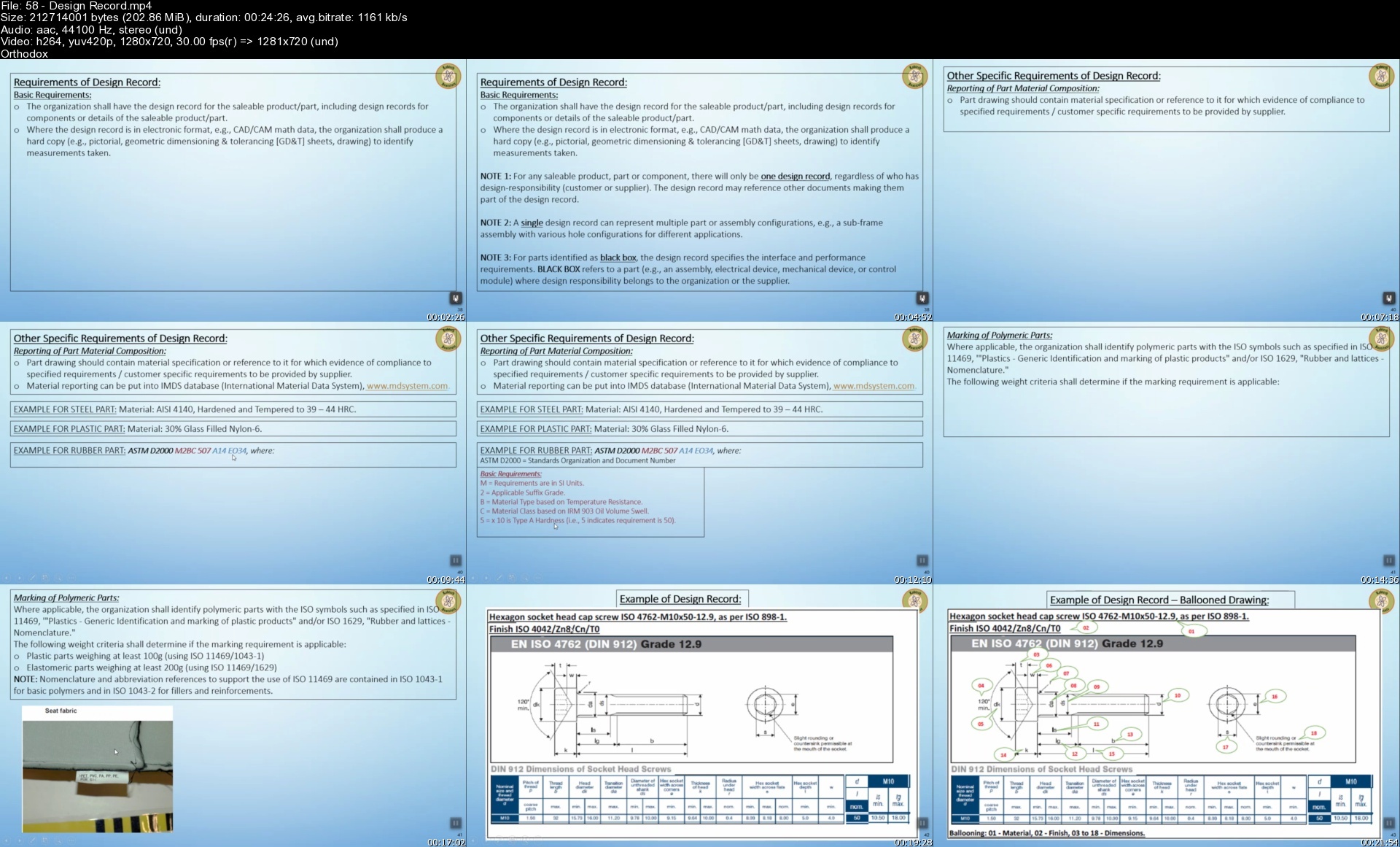

 Reply With Quote
Reply With Quote
